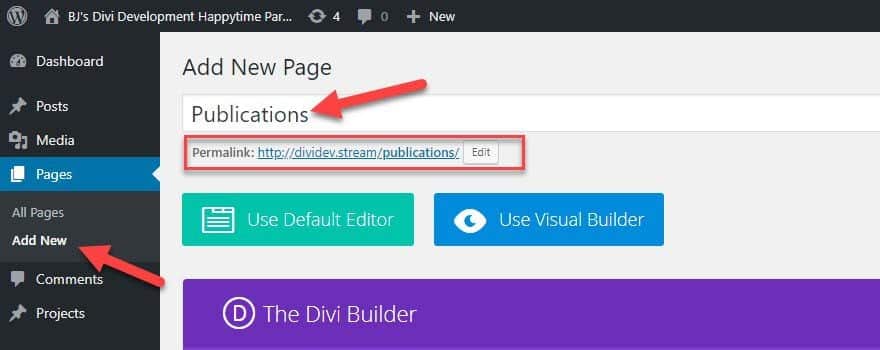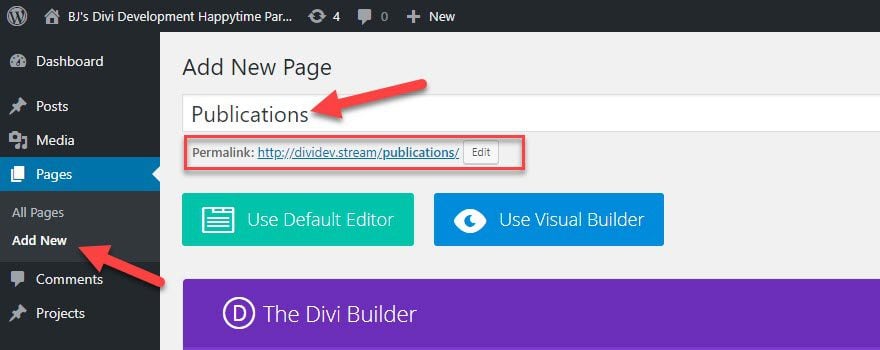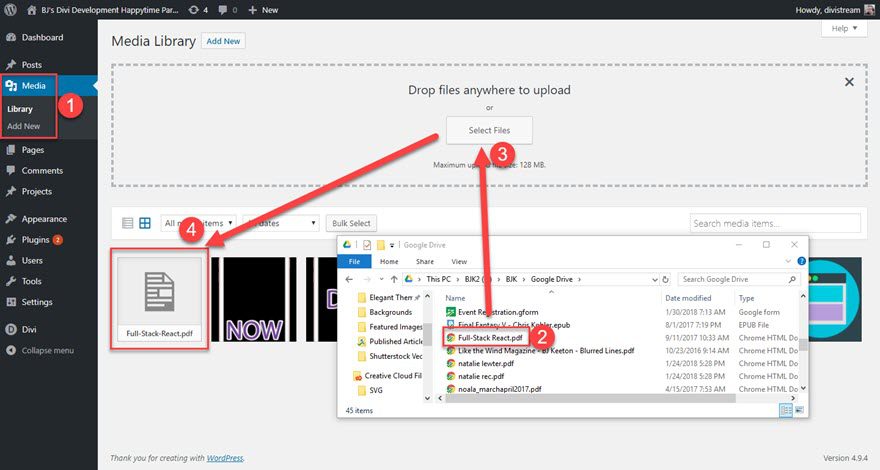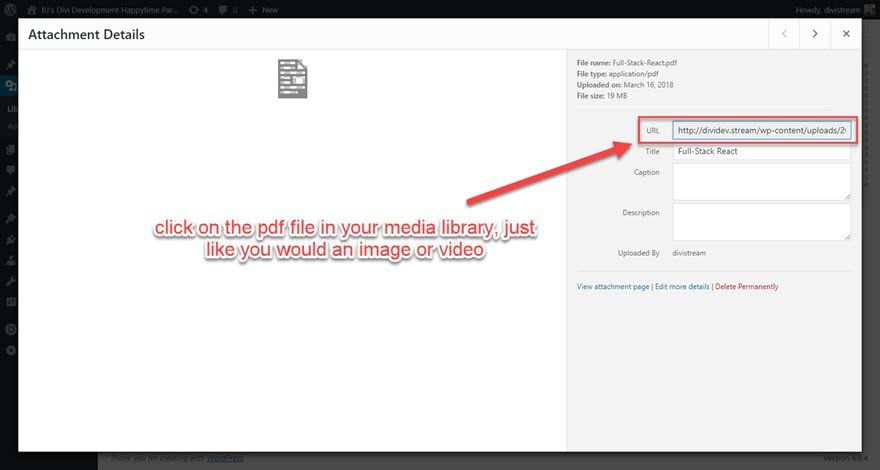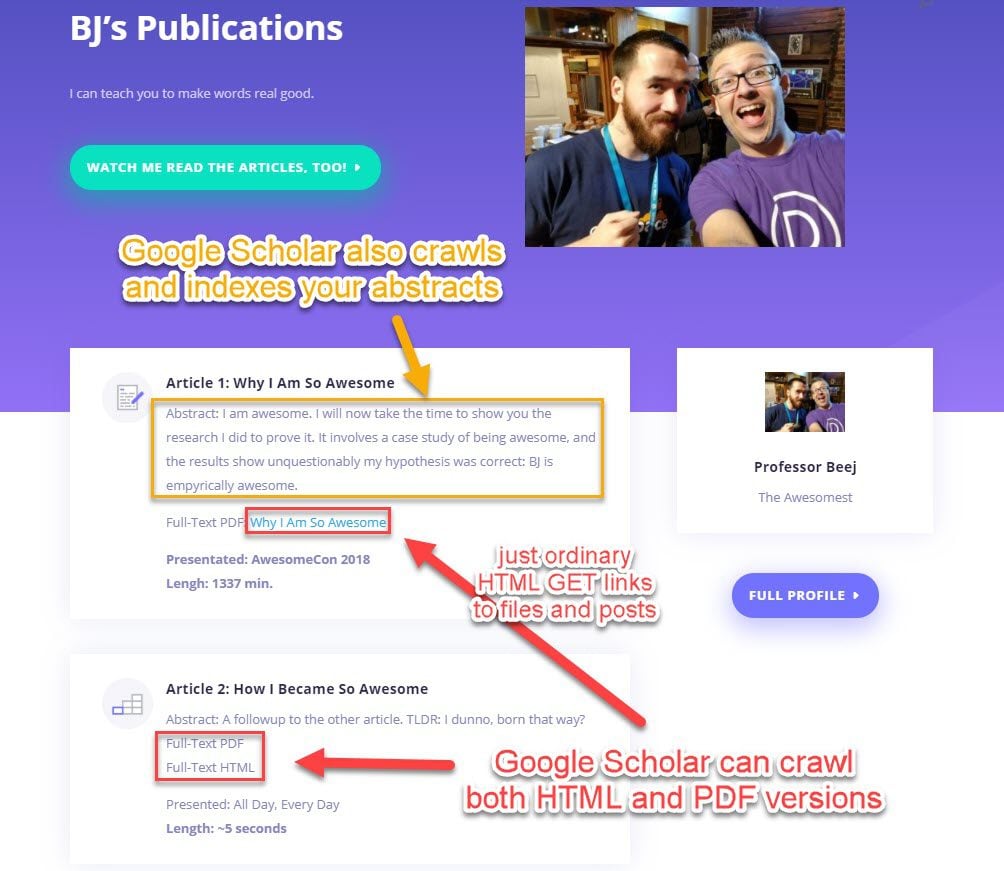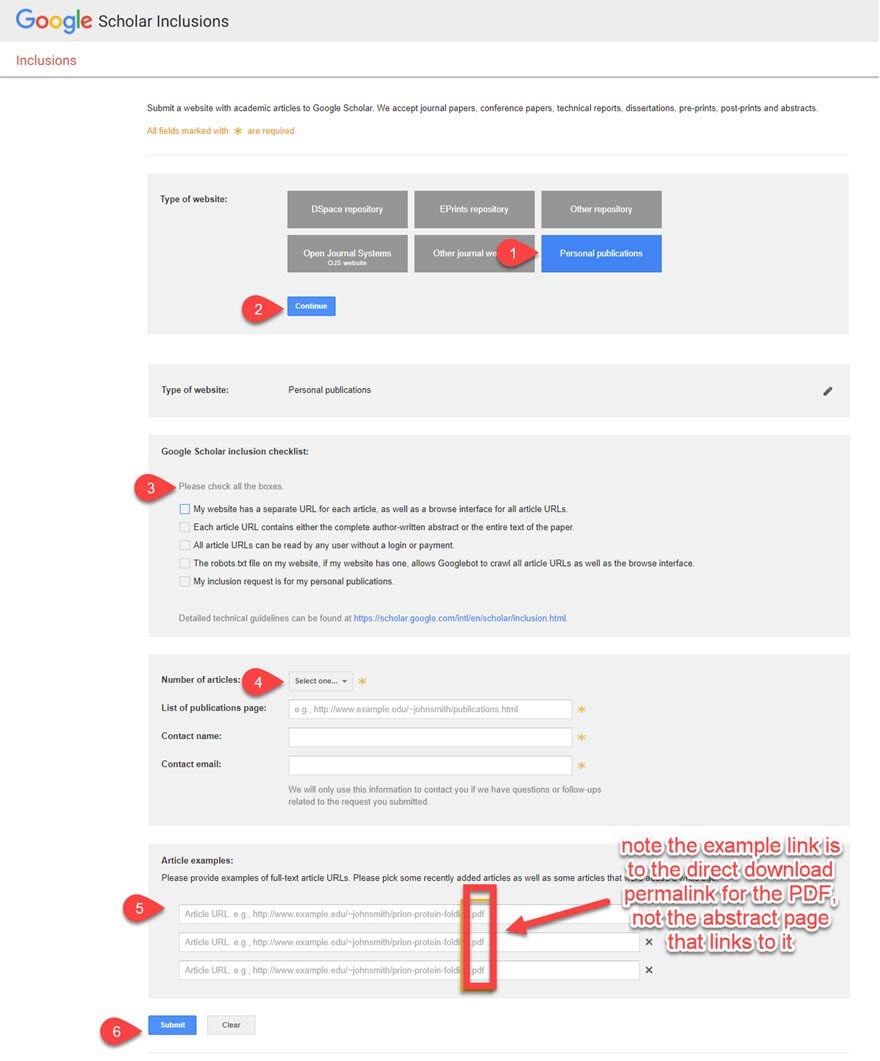WordPress might not be the first thing that comes to mind when you think about academic research. I never told my students to check out WordPress when I was teaching them about JSTOR, Google Scholar, EBSCO, ProjectMUSE, or any other scholarly database. But maybe I should have! It turns out that WordPress can be a boon to researchers and students alike. Google Scholar can automatically index your research if it is published using WordPress.
Why and How to Use WordPress for Your Research?
The research landscape can change rapidly. Your project might start out heading in one direction, but eventually shift into another realm altogether. Because of this, some folks often blog about their project research as they go, granting a level of transparency to their work, as well as inviting other professional input that may help you see things you might otherwise have overlooked or misconsidered.
Plus, regularly updating your research using WordPress can keep your students engaged not only during the semesters they attend your class, but also long afterward because they have become invested in the project. Or they might get an interest to become your research assistant. At the very least, they will get a real-world look at what scholarly research looks like up-close, which as we all know is starkly different from the classroom setting they are used to.
And when all is said and done, WordPress is an excellent system to archive and display your publications and research in a much more welcoming way than many of the other databases out there.
With regard to how one uses WordPress with Google Scholar, it’s actually pretty simple. You don’t need to use any special plugins or customize your PHP files. You just copy/paste the paper into a new page or upload a PDF. How’s that for simple?
Starting Out
The first thing is setting up your WordPress blog. The best scenario is getting it set up on your school’s domain so that you will have a .edu TLD. That’s important, but not 100% necessary. It can help validate you to Google Scholar. Many colleges and universities have multisite installations already set up, and if yours doesn’t, ask the IT department. You can even refer them to how many colleges and institutions already use WP (including Harvard). Or to CampusPress. See? It’s a thing.
Once you’re set up, it’s time to get to publishing. But before you do, I want to direct you to what Google Scholar says is and is not appropriate to publish for their consideration:
The content hosted on your website must consist primarily of scholarly articles – journal papers, conference papers, technical reports, or their drafts, dissertations, pre-prints, post-prints, or abstracts. Content such as news or magazine articles, book reviews, and editorials is not appropriate for Google Scholar.
It’s pretty standard stuff, really. You can publish your book reviews and editorials on your blog, though. Google Scholar isn’t necessarily discouraging that. They just won’t index it.
Content Structure for Google Scholar
First up, make sure that you have a page on your site called Publications. That’s what Google Scholar wants it called, so let’s do what they say.
On this page, you will only link to the final draft that you want indexed on Google Scholar. This is not a place where you keep archives of any early drafts or notes leading up to the end result. That sort of thing should be published using normal blog posts.
Google Scholar prefers you to post links to PDF files that are no larger than 5mb and contain searchable text (that’s how they know to index them). You can add PDFs to your media library just like you would photos or videos.
Then, simply link to that file’s permalink to make Google Scholar’s crawlers happy.
You can also publish the entire article in HTML, too. That just means you will add a new blog post or (preferably a page in WordPress with the full text of the final draft to be want indexed.
A Note on Formatting
Google Scholar provides some strict rules you’ll need to follow to make sure you’re eligible for indexing. They primarily dictate formatting and content structure. I assume you’re used to that given that you write in APA, Chicago, MLA or another specialized manuscript format already. This is really no different (a lot simpler, though).
a. the full text of your paper is in a PDF file that ends with “.pdf”,
b. the title of the paper appears in a large font on top of the first page,
c. the authors of the paper are listed right below the title on a separate line, and
d. there’s a bibliography section titled, e.g., “References” or “Bibliography” at the end.
Publishing the Publications
Then, you can design your site to look however you want, but as long as you have those PDF permalinks on your Publications page, Google Scholar will eventually make its way there. Styling isn’t necessarily important, and you could leave it a simple, bulleted list. However, if you want your to be taken seriously, make your page look professional.
I did a quick edit of the Divi LMS layout’s Course page because it’s made of simple text boxes that are easy to adapt into kind of a mini-CV with abstracts and links. Google Scholar is also pretty particular about the way display the abstracts and info, too.
To be included, your website must make either the full text of the articles or their complete author-written abstracts freely available and easy to see when users click on your URLs in Google search results.
Basically, it has to be easy to get to, and your readers can’t click through a lot of ads, CAPTCHAs, or email opt-ins. Google Scholar is about the free flow of information, so your WordPress site has to abide by those same principles.
If You Don’t Get Indexed
Even if you do everything above — .edu domain, clean and easy-to-access abstracts and documents that are perfectly formatted — there’s a chance you won’t get found by Google Scholar like you would via the normal Google crawlers. Fear not, my friend, there’s a manual way to submit your scholarship, too.
It’s not complicated, actually. You just tell them it’s a Personal Publication because you’re not representing a journal or database, and then fill out the form based on what we did above. You make sure that you have different URLs for each article, a publications page (they call this the browse interface), and on down the list.
I do want to note that when they ask for article examples, these are for the final, published versions, not the Publications page, or even an abstract page, if that leads into the final article. The example URLs they provide are for the PDF’s permalink. The direct link to the full-text HTML version should work as well, but why tempt fate?
After that, it’s time to sit back, relax, and wait to get indexed.
Class Dismissed
That wasn’t bad, was it? The best part about how Google Scholar finds articles to index is that you don’t have to take any arbitrary steps. You don’t have to install a plugin or add a script to your page footer. And you luckily can leave your functions.php alone.
You just need an organized and easily navigated archive page and properly formatted manuscripts. And if you’re looking to become indexed on Google Scholar in the first place, you’ve got lots of practice at that.
What has been your experience with Google Scholar? Any tips or tricks?
Article featured image by Andrew Rybalko / shuttertock.com

